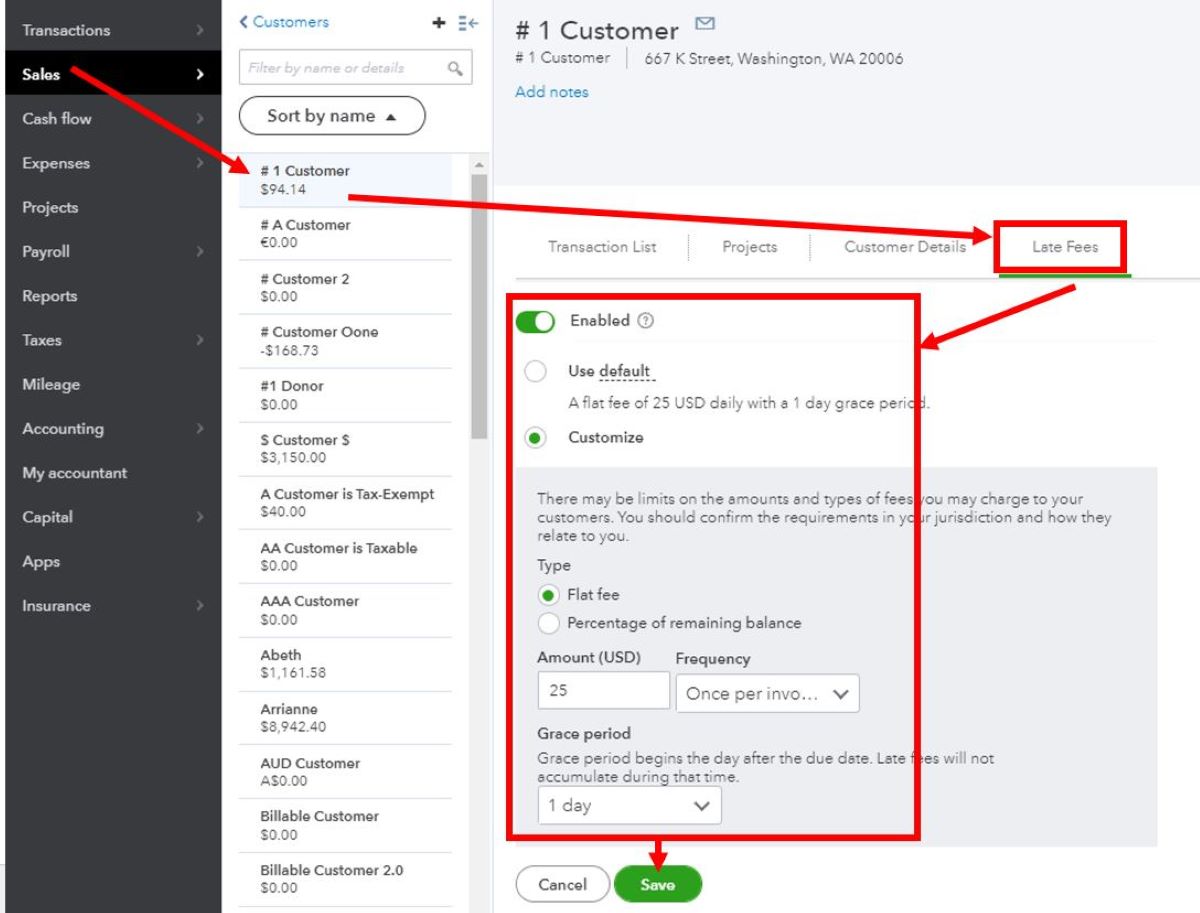Home>Finance>How Much Does It Cost To Remove Braces Without Insurance


Finance
How Much Does It Cost To Remove Braces Without Insurance
Published: November 22, 2023
Discover the cost of removing braces without insurance and explore financing options for your orthodontic treatment.
(Many of the links in this article redirect to a specific reviewed product. Your purchase of these products through affiliate links helps to generate commission for LiveWell, at no extra cost. Learn more)
Table of Contents
Introduction
Braces are a common orthodontic treatment used to correct misaligned teeth and bites. While they can be highly effective in achieving a straight and beautiful smile, there may come a time when you’re ready to have your braces removed. However, before you can enjoy the freedom of braces-free teeth, it’s important to understand the cost associated with their removal.
Removing braces is not a DIY task and should always be done by a professional orthodontist. The cost of removing braces can vary depending on several factors, including the complexity of your case, the type of braces you have, and your location. In this article, we will explore the average cost of braces removal and provide you with some options to make it more affordable.
It’s worth noting that if you have dental insurance that covers orthodontic treatment, such as braces, it may also cover the cost of their removal. However, if you do not have insurance or your plan does not cover the cost, it’s important to be prepared for the potential expenses involved.
When it comes to removing braces, it’s crucial to seek the expertise of an orthodontist. They have the necessary knowledge, experience, and tools to safely and effectively remove your braces without causing any damage to your teeth or gums.
Now that we’ve established the importance of professional removal, let’s dive into the factors that can affect the cost of braces removal.
Understanding the Cost of Braces
Before discussing the cost of braces removal, it’s essential to have a basic understanding of the cost associated with braces themselves. The total cost of orthodontic treatment typically includes the cost of braces, adjustments, and any additional procedures or appliances that may be needed.
The cost of braces can vary depending on several factors, including the type of braces you choose. Traditional metal braces are generally the most affordable option, while ceramic braces, which are less visible, may come with a higher price tag. Invisalign, a popular alternative to traditional braces, uses clear aligners and can be more expensive due to the custom-made nature of the aligners.
In addition to the type of braces, the complexity of your orthodontic case will also impact the cost. If you have severe misalignment or bite issues, your treatment may require more time and resources, resulting in a higher overall cost.
Orthodontic treatment requires regular adjustments to ensure that your teeth are moving according to plan. These adjustments are typically included in the cost of braces, but it’s important to confirm with your orthodontist beforehand. Additionally, if you require any additional procedures, such as tooth extractions or the use of auxiliary appliances like headgear or rubber bands, these can add to the overall cost as well.
Now that we have a better understanding of the cost of braces, let’s explore the factors that can affect the cost of braces removal.
Factors Affecting the Cost of Braces Removal
The cost of braces removal can vary depending on a variety of factors. Understanding these factors can help you anticipate and budget for the associated expenses. Here are some key factors that can influence the cost of braces removal:
- Complexity of the case: The complexity of your orthodontic case plays a significant role in the cost of braces removal. If you have a straightforward case with minimal correction needed, the removal process may be relatively simple and less expensive. However, if you have more complex orthodontic issues, such as severely misaligned teeth or a difficult bite alignment, the removal process may require additional time and expertise, resulting in higher costs.
- Type of braces: The type of braces you have can also impact the cost of removal. Different types of braces require different techniques for removal. Traditional metal braces may be more straightforward to remove compared to ceramic braces or lingual braces, which are attached to the back of the teeth. In some cases, additional equipment or specialized tools may be needed for the removal, which can increase the overall cost.
- Location: The cost of braces removal can vary depending on your geographical location. The cost of living and average dental fees in your area can influence the price you can expect to pay for the removal process. Larger cities or areas with higher overhead costs may have higher fees compared to smaller towns or rural areas.
- Orthodontist’s experience and expertise: The experience and expertise of the orthodontist performing the removal can impact the cost. Orthodontists with more experience and a high level of expertise may charge higher fees for their services. However, it’s important to prioritize the quality and skill of the orthodontist rather than solely focusing on cost. A well-qualified professional will ensure the safe and effective removal of your braces, reducing the risk of any complications or damage to your teeth.
Keep these factors in mind when considering the cost of braces removal. It’s essential to consult with your orthodontist and discuss any potential additional expenses related to the complexity of your case or the type of braces you have.
Average Cost of Braces Removal
When it comes to estimating the average cost of braces removal, it’s important to note that the actual cost can vary depending on the factors mentioned earlier. However, on average, you can expect to pay anywhere between $200 and $500 for braces removal.
It’s crucial to keep in mind that this cost typically includes the removal of the braces themselves, as well as the final cleaning and polishing of your teeth. In some cases, the orthodontist may also provide you with a retainer to help maintain the results of your orthodontic treatment. However, the cost of a retainer is usually separate from the cost of braces removal.
It’s important to consult with your orthodontist to get an accurate estimation of the cost specific to your case. They will be able to provide you with a detailed breakdown of the fees involved and any additional costs you may need to consider.
If you have dental insurance that covers orthodontic treatment, it may also cover the cost of braces removal. However, it’s crucial to review your policy and understand the coverage details. Some insurance plans may have limitations or requirements when it comes to coverage for braces removal, so it’s vital to clarify this information with your insurance provider.
Even without insurance coverage, there are still options available to make the cost of braces removal more manageable. Let’s explore some of these financing options in the next section.
Options for Financing Braces Removal
If you’re concerned about the cost of braces removal, there are several financing options available to help make it more affordable. Consider the following options:
- Dental Payment Plans: Many orthodontic practices offer in-house financing options, such as dental payment plans. These plans allow you to pay for your braces removal in installments rather than upfront. It’s important to discuss the specific terms and interest rates with your orthodontist to ensure that the payment plan fits your budget.
- Credit Cards: You can also consider using a credit card to cover the cost of braces removal. If you already have a low-interest credit card or one with a promotional offer, it can be a convenient way to finance the treatment. However, be mindful of the terms and potential interest rates associated with credit card payments.
- Healthcare Financing: There are specialized healthcare financing companies that offer payment plans specifically for medical and dental expenses. These companies provide loans or lines of credit that can be used to cover the cost of braces removal. Some popular healthcare financing options include CareCredit and LendingClub.
- Savings or Flex Spending Accounts: If you have been saving up for your orthodontic treatment or have a flexible spending account (FSA) or health savings account (HSA), you can utilize those funds to cover the cost of braces removal. These accounts allow you to set aside pre-tax dollars for qualified medical expenses.
- Personal Loans: If none of the above options are feasible, you can explore obtaining a personal loan from a bank or credit union. Personal loans typically have fixed interest rates and predictable repayment terms, making it easier to budget for the cost of braces removal.
It’s important to carefully evaluate your financial situation and choose the financing option that best suits your needs. Remember to consider the interest rates, repayment terms, and any potential fees associated with each option.
Before making any financial decisions, it’s always recommended to discuss your options with your orthodontist and seek guidance from a financial advisor, if needed. They can provide valuable insights and help you make an informed decision regarding the financing of braces removal.
Tips for Reducing the Cost of Braces Removal
If you’re looking to minimize the cost of braces removal, consider the following tips:
- Insurance coverage: Review your dental insurance policy to understand the coverage for braces removal. If your insurance covers orthodontic treatment, it may also cover the cost of braces removal. Be sure to clarify any limitations or requirements with your insurance provider.
- Payment negotiation: Speak with your orthodontist’s office to discuss the cost of braces removal and inquire about any potential discounts or payment plans. They may be willing to work with you and offer more flexible payment options.
- Timing: Consider the timing of your braces removal. If you’re nearing the end of your orthodontic treatment, your orthodontist may be more willing to offer a discounted rate for braces removal. Discuss this possibility with them and see if you can schedule the removal during a period when discounts or promotions are available.
- Shop around: Reach out to different orthodontic offices in your area and compare the cost of braces removal. Prices can vary significantly, so getting multiple quotes will help you find the most affordable option without compromising on quality.
- Maintain good oral hygiene: By taking excellent care of your teeth and gums throughout your orthodontic treatment, you can help prevent any issues that may require additional procedures or extend the duration of your treatment. Regular brushing, flossing, and attending scheduled dental cleanings can potentially reduce the need for costly interventions and contribute to a smoother braces removal process.
Implementing these tips can help you reduce the overall cost of braces removal and make it more manageable. Remember, it’s essential to prioritize the quality of care and the expertise of your orthodontist. While cost is a significant factor, the long-term results and health of your teeth should also be taken into consideration.
Consult with your orthodontist to discuss any available discounts or payment options that can further reduce the cost. They can provide guidance based on your specific case and help you navigate the financial aspects of braces removal.
Conclusion
Braces removal is an important step in the orthodontic process that allows you to enjoy the results of your treatment and showcase your new smile. While the cost of braces removal can vary depending on several factors, understanding the average cost and exploring financing options can help make it more affordable.
Factors such as the complexity of your case, the type of braces you have, and your location can influence the cost of braces removal. It’s crucial to consult with your orthodontist to get an accurate estimation of the expenses specific to your situation.
Fortunately, there are options for financing braces removal, such as dental payment plans, healthcare financing, or utilizing savings or flexible spending accounts. It’s important to evaluate these options carefully and choose the one that best fits your financial needs and goals.
Additionally, there are ways to reduce the cost of braces removal, such as negotiating payment terms, shopping around for affordable options, and maintaining good oral hygiene during the course of your treatment.
Remember that cost should not be the sole determining factor when it comes to braces removal. It’s crucial to prioritize the expertise and quality of care provided by your orthodontist. They have the knowledge and experience to safely and effectively remove your braces, ensuring the health of your teeth and gums.
In conclusion, understanding the cost of braces removal, exploring financing options, and implementing cost-saving strategies can help you navigate the financial aspects of removing braces. By working closely with your orthodontist and discussing your financial concerns, you can achieve a beautiful smile without breaking the bank.














